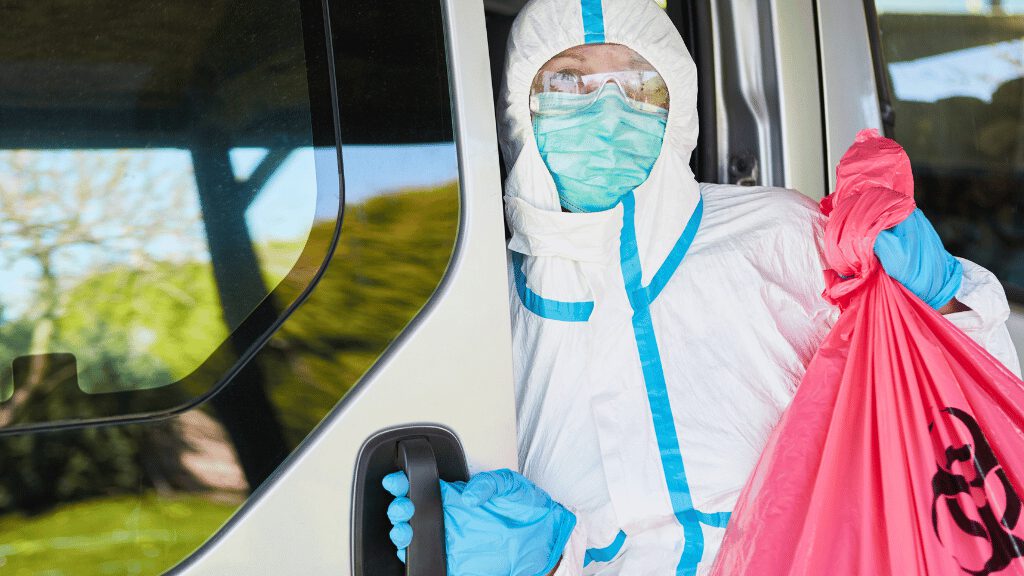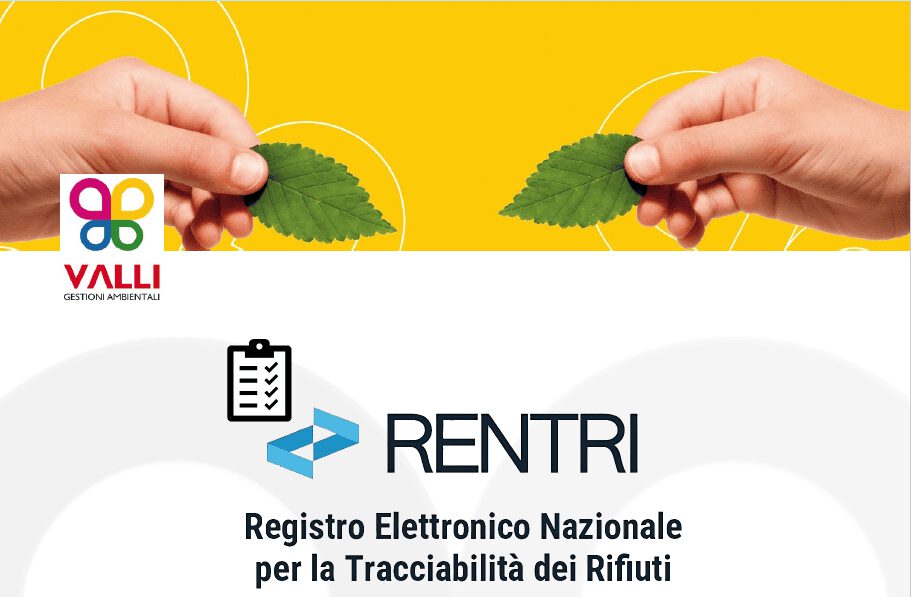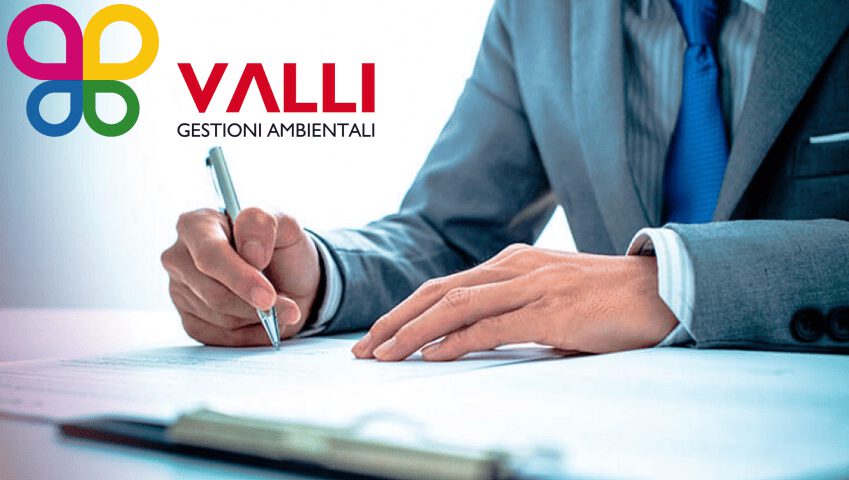Special waste is waste materials produced by industrial, artisanal, commercial, health and agricultural activities, which cannot be assimilated to municipal waste due to its chemical, physical or biological composition.
This waste includes hazardous substances such as solvents, paints, batteries, chemicals and hospital waste which, if not properly managed, can pose a serious risk to human health and the environment. The classification of special waste is regulated by specific regulations that define the methods of collection, transport, storage and disposal, in order to minimise the associated risks.
The transport and storage of special waste is a crucial aspect of waste management. These wastes, due to their chemical-physical characteristics, require specific procedures to ensure safe treatment and compliance with current regulations. The correct management of special waste not only protects environmental safety, but is also essential to avoid legal penalties.
The competent authorities, such as the Ministry of the Environment and the National Register of Companies, have defined precise guidelines that companies must follow.
Quality and environmental certifications such as ISO 9001 and ISO 14001 are crucial to demonstrating a company’s commitment to sustainable waste management. In addition, the use of special containers and suitable means of transport is essential to ensure that waste is transported in conditions of maximum safety. This article takes a detailed look at the best practices and regulations in place for the transport and storage of special waste.
Special waste transport
The transport of special waste requires careful planning and the use of certified means of transport. Each type of special waste must be classified and packaged according to specific regulations to avoid risks of environmental contamination and to ensure the safety of operators.
The vehicles used must comply with the ADR regulations (Accord Dangereuses Route – Accord européen relatif au transport international des marchandises dangereuses par route), which govern the international transport of dangerous goods by road.
The authorization for the transport of waste is another crucial element. Companies that intend to transport special waste must obtain the necessary authorizations from the National Register of Companies. This authorization certifies that the company has the necessary skills and means to manage the transport safely and in compliance with the law. Failure to comply with these regulations can result in serious penalties and compromise public health and the environment.
Special waste storage
The storage of special waste must take place in storage facilities specifically designed to ensure maximum safety. These plants must be equipped with adequate containment systems to prevent spills and contamination. In addition, continuous monitoring systems must be implemented to detect any anomalies that could compromise the integrity of the plant and environmental safety.
Hazardous waste management involves taking preventive measures such as separating different types of waste and using equipment to minimize risks. Operators must be properly trained and certified to handle this waste safely. It is also essential to maintain detailed documentation of all storage operations, which must be regularly updated and available for inspections by the competent authorities.
European and Italian regulations for the disposal of special waste
The regulatory framework governing the disposal of special waste in Italy and Europe is complex and constantly evolving. Key regulations include:
- Directive 2008/98/EC as amended and supplemented on waste, which lays down measures to protect the environment and human health by preventing or reducing the generation of waste and its effects.
- Regulation (EC) No 1013/2006subsequent amendments and additions relating to shipments of waste, which regulates the control and methods of shipping waste within, into and out of the European Union. On 30 April, theRegulation (EU) 2024/1157of the European Parliament and of the Council of 11 April 2024 on shipments of waste, amending Regulations (EU) No 1257/2013 and (EU) 2020/1056 and repealing Regulation (EC) No 1013/2006. The current Regulation (EC) No 1013/2006 will be repealed on 20 May 2024, although its provisions will continue to apply until 21 May 2026 with the exception of certain articles.
- Legislative Decree 152/2006 as amended (Environmental Code) which represents the reference standard in Italy for waste management and environmental protection.
Companies must ensure that they comply with these regulations by obtaining environmental certifications and consulting with environmental consulting experts. Only through strict compliance with the laws and the adoption of good practices can sustainable management of special waste be guaranteed, minimizing the environmental impact and protecting public health.
How to proceed with transport and storage
Legislative Decree 152/2006 as amended. provides detailed guidelines on littering. The procedures vary according to the type of waste, distinguishing between hazardous and non-hazardous waste. For the disposal of special waste, it is crucial to carefully choose the areas intended for storage, which must be clearly marked and adequately confined to prevent waste dispersion. Special waste containers must be labelled with the E.E.R. code. (European List of Waste), which specifies the origin, production process and type of waste.
The transport of special waste takes place in packages, with a clear distinction between hazardous waste, identified by the EER or ADR code. Packages must be marked with hazard labels, marks, UN numbers, R labels, EER codes and hazard information similar to that of the CLP (Classification, Labelling and Packaging) regulation.
Disposal of special waste
Once identified, special waste can be temporarily stored at the place of production according to the guidelines established for temporary storage. Subsequent disposal can take place in two ways:
- Sending waste to recovery or disposal facilities every 3 months, regardless of the amount accumulated.
- Sending waste to recovery or disposal plants within 1 year of production, if the quantity does not exceed 30 cubic meters.
Once the hazardous waste reaches the appropriate disposal facility, its life cycle is considered to be over. This applies to both special and hazardous waste, ensuring that it is treated safely and in compliance with current regulations.
Valli Gestioni Ambientali: specialization in special waste
Valli Gestioni Ambientali mainly treats special waste. Specifically, we deal with the recovery and disposal of the following categories of waste:
- Industrial waste: Waste materials produced by industrial activities, such as processing residues, packaging and production waste;
- Scrap metal: Fragments of metals and alloys from machining, demolition and scrapping;
- Used oil: Lubricating or industrial oils that have lost their properties and can no longer be used;
- Oil emulsions: Mixtures of water and oil deriving from mechanical and industrial manufacturing processes;
- Vulcanized rubber: Rubber waste treated with vulcanization processes, used in products such as tires and gaskets;
- WEEE: Waste electrical and electronic equipment, such as computers, household appliances, and electronic devices;
- Mineral wools: Insulating materials based on mineral fibers, used in construction and industrial applications;
- Paper: Paper and cardboard waste from industrial and commercial activities;
- Plastic: Residues of plastic materials deriving from production and consumption processes;
- Liquid and solid sludge: Residues from industrial and municipal waste water treatment;
- Bituminous sheathing: Waterproofing materials used in construction, often used for roofing and insulation;
- Contaminated earth and rocks: Materials excavated from industrial and construction sites, contaminated with hazardous substances;
- Construction waste: Waste and residual materials from construction and demolition activities, such as rubble, bricks and concrete.
Contact us to book your pickup!




